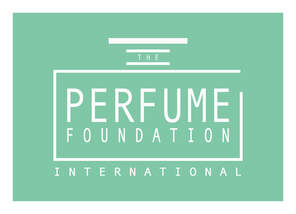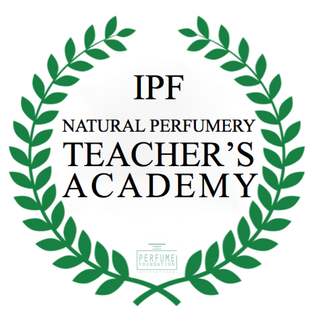|
By Creezy Courtoy, IPF Founder and Chair In the quest for innovative approaches to cancer treatment, researchers are constantly exploring new avenues. One intriguing area of study is the connection between DNA research, epigenetics, and the use of scents to rebalance the organization of our cells. The International Perfume Foundation is leading the charge in this unique research, aiming to unravel the potential of scent-based therapies in curing cancer. This article delves into the fascinating world of epigenetics, the role of emotions, and the ongoing efforts to support this groundbreaking research.
Understanding Epigenetics and DNA Research Epigenetics is the study of changes in gene expression that occur without altering the DNA sequence itself. It examines how external factors, such as environmental influences and lifestyle choices, can impact the way genes function. By understanding epigenetic processes, scientists hope to uncover new approaches to prevent and treat diseases, including cancer. The Role of Emotional Shocks in Cellular Disorganization Emotions play a significant role in our well-being, but could they also contribute to cellular disorganization and the development of cancer? According to the proposed research, emotional shocks are believed to disrupt the harmonious functioning of our cells. These disturbances are thought to manifest as vibratory electric disruptions, affecting the cell's organization and potentially leading to the development of cancerous cells. Associating Scents and Olfaction with Cellular Rebalancing Drawing inspiration from the field of olfaction, researchers are exploring the potential of scents to restore cellular balance. It is suggested that certain scents, such as the electric impulsion (vibration) of roses or high-frequency plants, may possess the ability to rebalance the organization of cells. The precise mechanisms underlying this phenomenon are still being investigated, but it offers an intriguing avenue for further research. The International Perfume Foundation's Pioneering Research The International Perfume Foundation has taken up the mantle of investigating the potential therapeutic applications of scents and olfaction for cancer treatment. Their research aims to uncover the precise mechanisms by which scents can influence cellular organization and develop innovative scent-based therapies to combat cancer. However, to carry out this groundbreaking research, the foundation requires financial support in the form of donations. Supporting the Research Efforts As the International Perfume Foundation embarks on this ambitious research journey, your support can make a difference. Donations to the foundation will contribute to the funding necessary for conducting comprehensive studies, recruiting expert researchers, and acquiring advanced laboratory equipment. By supporting this research, you could help unlock a new frontier in cancer treatment, potentially offering hope to millions of people affected by this devastating disease. The intersection of DNA research, epigenetics, and scent-based therapies presents an exciting opportunity to revolutionize cancer treatment. The International Perfume Foundation's pioneering efforts to explore the link between olfaction, emotions, and cellular organization offer a fresh perspective in the fight against cancer. By supporting their research, you can play a vital role in advancing our understanding of this promising field and potentially contribute to the development of innovative cancer therapies. Together, we can strive to make a difference in the lives of those affected by cancer.
0 Comments
by Vennie Chou, Natural Skin Care Expert and Natural Perfumery Teacher's Academy Academician I have been learning about plants for many years. However, it was not until I learned about the basic philosophy of I-Jing, the Book of Changes, that I realized the communication and connections between living things. The word “I” in “I-Jing” means Chameleon. A chameleon reacts to its environment and changes its colour to respond and survive. Plants change their colours and scents in response to changes of seasons, temperatures, humidity and many other surrounding variations. Animals also respond to changes to occurrences in their physical environments, both expected and unexpected, to improve their well-being. These responses of plants and animals are their means of survival. One of my favorites of nature’s responses is tree resins. Tree resins are produced and secreted by certain trees when they are injured. The tree resins form coverings to heal the injuries. The resins are scented to deter insects and fungi to minimize infections. These scented tree resins are common ingredients used in perfumes and skincare products. Some examples of resins are Frankincense, and Myrrh. These scents are soothing, grounded, and calming to me. I like to use resins in skincare as they heal trees and thus, heal our skin. I recently learned about musk that comes from an animal called Civet. Civet cats originated in Africa. It has a body that looks like a cat and face of mongoose. The female and male Civet cats often produce scented secretion, Civet paste. The scent gland is near the peri-anal/ anus area. The secretion marks territory and is used as a way of communication when searching for mates. Fresh Civet paste looks and smells like fecal material. Some describe it as scent similar to urine. However, over time, the scent changes from fecal to floral. As a result, Civet paste is heavily used in perfume industry. Nevertheless, what happens to the intestinal flora or intestinal health, if these animals do not have a normal diet, living under stress and fear in captivity? What really is in the fecal paste when the paste is produced neither for marking territory nor looking for mates? As a result, what really goes in the perfume or musk from these animals? Natural Perfume is a Scent that Speaks. Often, when we develop a product, we only focus from the point when raw materials are collected to the manufacturing processes. We forget to think about the environmental changes, health and living conditions of the raw materials. Natural perfume is a reflection of how we treat the earth and the environment. It is scent that speaks. By Françoise Rapp, Certified Aromatherapist and French Natural Perfumer Expert What are Hydrolats? The distillation process of a plant or one of its parts leads to the development of two different products. At the exit of the still, in the essence, there are indeed two superimposed phases corresponding to the essential oil and the hydrosol. The latter is the aqueous phase most often located under the essential oil at the bottom of the essence, milky in color at the exit of the still. The word “hydrolat” comes from the Latin “hydro” which means “water” and from the French “lat” which means “milk”; this no doubt to recall the milky aspect in the essence, immediately after distillation, before decantation. A hydrosol is extracted from parts of the plant such as the flowering tops (lavender, leafy and needle-like branches, with berries (petitgrains, pines, eucalyptus, juniper, noble laurel, etc.), leaves (mint, lemon balm, etc.), bark (Ceylon cinnamon, sandalwood, …). A floral water is aptly named since it will be extracted from flowers, and we find among the most common: rose water, orange blossom water, and cornflower water. In the History of the Use of Plants We are renewing a real interest in the use of hydrosols and floral waters and know that distilled waters were probably already known to the Egyptians. The first indications of their knowledge comes to us from the writings of Synesios of Ptolomais and Zozymos of Panapolis who described in detail the distilling apparatus of the Egyptians. In the 6th century, Aetius of Amida, a physician and writer living in Constantinople, described empyreumatic distillation by hydro-diffusion. But it is from the 8th to the 11th century during the heyday of Arabian science that we find traces of various experiments such as those of Mesue the Younger, who describes distilled waters of rose and absinthe. Théophanes, doctor of Emperor Michael of Constantinople, recommended rose water as a remedy or Avenzoar, doctor to the Caliph of Morocco who used rose water and rose essential oil as a remedy. After the Crusades, knowledge spread to Europe… Through various writings of the time, it is known that distilled waters were the purpose of distillation – essential oils were then neglected. This period also corresponds to the first alchemical research. The appearance of the printing press promoted the transmission of knowledge. Ex: Walter Hermann Reiff (1556), doctor in Strasbourg gave many details on the distilling devices, the hydrosols, their production and their therapeutic actions. From the 16th century, aromatic waters were sold by apothecaries and then pharmacies at the end of the 18th century. From the 18th century (1708), at least 120 essential oils are listed and used particularly in perfumery. Knowledge and chemical discoveries were multiplying. The science of aromatherapy implemented by Gattefossé was more interested in essential oils than aromatic waters. These do not fall into oblivion, but are used as food flavouring and in the cosmetics industry. What are the most used hydrosols and floral waters?
Among the most used hydrosols and floral waters are orange blossom water, rose water, lavender water and Roman chamomile water, mint, lemon balm, blueberry, and clary sage. Did you know that hydrosols and floral waters are the perfect base for a natural, alcohol-free fragrance? For many, we have been talking about the toxic and harmful aspects of DEP, which is an ingredient added to perfumery alcohol in order to prevent it from being consumable. Many people are increasingly aware of the impact of aggressive products on the skin and in the respiratory system. Alcohol-free perfumes exist but their sale is centered on perfumed mists for young children. And yet, sensitive people, seniors, pregnant or breastfeeding women are customers who can enjoy natural perfumes without alcohol; see the whole population. Perhaps 100% vegetable perfumery can become a new kind of natural, healthy, and well-being perfumery. Perfume yourself with a mist composed solely of floral water or a hydrosol and natural essences! Certainly, the question that is generally asked when we approach the subject of this natural alcohol-free perfumery is the hold of the perfume on the skin, suspended in the air. Let's be honest, this natural perfumery is in no way comparable to existing natural perfumery and very far from conventional perfumery. What is different is the olfactory quality, the fact of reconnecting with the subtlety and the real vegetable notes either of the molecules which catch the nose not to let you go. It's another world of perfumery and totally different that we get used to. An alcohol-free perfume with a base of floral water is a perfume for oneself, not for others. We do good. We feel good. It's like a rejuvenating and beneficial ritual from Mother Nature. These are hyper-creative compositions for the perfumer with a few challenges: the fragrance of the base must match and complement the composition of the perfume formula. A dispersant must be used in order to dissolve the natural essences in this aqueous and fragrant base. What type of botanical perfume can we compose? Natural alcohol-free perfumes based on hydrosol or floral waters limit the choice of olfactory families. Are we going to favour more compositions such as fresh aromatic waters, green floral waters or not, a modern fern revisited in an aqueous base of mint, rosemary or laurel hydrosol? Learn how to dissolve natural essences in an aqueous phase. This Spring make up your own hydrosol or floral water and create an alcohol-free natural perfume. Share it with us on our social media. Do you want to follow your passion and become a professional certified natural perfumer? Enrol now to the French Natural Perfumery Course Spring session The course is taught in English, Italian (thanks to Andrej Babicky) and Arabic (thanks to Naziha Allalou) Iris is not only very special for its olfactory quality. Did you know that the plant itself has been sacred for its healing properties ? by Françoise RAPP, IPF Chair France In natural perfumery, iris pallida is an exceptional ingredient to use to add a sophisticated note to formulations. What about its identity and above all, what does this treasure hidden underground reveal after a very long transformation for the pleasure of our nose and much more... Let's explore together this sacred and mythical plant that has existed since ancient times ... In Greek mythology, Iris daughter of Thaumas and Electra, was the messenger of the gods. In Homer's Iliad, she is "the messenger of all the eternal gods". When Hera returned from the Underworld to Olympus, it was Iris who purified her with perfumes. Poets claimed that the rainbow was the trace of Iris's foot descending rapidly from Olympus to earth to carry a message; this explains why it is most often represented with a rainbow. She is the rainbow goddess. Iris of Florence is recognized as one of the noblest members of the iris family by natural perfumers since Catherine of Medicis. As for the plant itself is concerned, for nearly a millennium in Egypt and then appreciated by Catherine de Medicis, it has been used in cosmetics and fragrant balms. And it still does nowadays. Botanically derived from the roots of iris germanica, the extract possesses a high concentration of isoflavones in its rhizomes. As a result, it is included in cosmetic formulations due to its potential to provide potent antioxidant effects that help protect the skin by neutralizing free radicals. In his Canon of Medicine, Avicenna recommends an external wash made from a decoction of orris root as a beautifier of the skin, which removes wrinkles. Iris grows in various countries now from France, China, Turkey, Italy and Morocco but iris pallida or iris of Florence is recognized as one of the noblest members of the iris family by natural perfumers since Catherine of Medicis. Technically, its cultivation is done from mid-September to mid-October. The harvest takes place the 3rd year after planting between mid-July and mid-August. The extraction is either done with a volatile solvent for the absolute (alcohol for the resinoid) or hydrodistillation as for the butter and irone isolate. In terms of the yield itself, it requires 100 kg of rhyzomes to make 1,2kg absolute, 100 kg for 20 kg resinoid and 330kg to make 1kg orris butter and 100 grams of isolates. We can definitely see the waste and non-sense of processing isolates for natural perfumery! Explore this classic and exceptional ingredient.
Its scent is multi-faceted with delicious notes between violet note and mimosa note, woody accents, light note of powdery leather and note of carrot. In fact, very often in perfumery, to replace or support the iris effect, carrot seed essence is added. Its fragrant quality is simply exceptional and it this explains why it was the star ingredient of famous classic sophisticated perfumes from the early 20th Century to now. It is synonym of chic and elegance for women and men as well. It blends beautifully with other essences to either make rich floral, woody or fougère accords. For instance, modern fougère natural fragrance can be created with lavender, vetiver, ambrette, iris and Virginia cedarwood; or the association with essences like benjoin, franckincense, ciste, tobacco and bergamot give it a very modern mystic flair. But more than that, iris is not only very special for its olfactory quality. Did you know that the plant itself has been sacred for its healing properties upon the body? Using natural essences affects definitely our body vitality and health. Since the earliest times, Egyptian then Greeks used iris rhizome powder for its cleansing and detoxifying properties. The juice of the fresh Orris root is said to be one of the finest natural remedies known for dropsy or edema, which is fluid retention. The finely powdered Orris root can be inhaled as snuff in pinch sized doses to provoke sneezing and thereby cleanse the head and sinuses. A decoction of Orris root attenuates and loosens up phlegm in the chest, lungs and throat for easy expectoration, and will soothe a sore throat and pacify coughing. Taken internally in small doses, Orris root will relieve congestion and sluggishness in the liver, have a carminative effect on the stomach and digestion, have a relaxing aperient laxative effect on the bowels, and will act as an emmenagogue to stimulate a sluggish or suppressed menstrual flow. Avicenna, the famous Greek doctor, recommends the external use of a boiled down decoction of the Orris root to treat and aid the maturation of chronic, hard swellings of the lymph glands and acne. He also recommends a concentrated decoction of the Iris leaves as a topical treatment for skin ulcers, preferably in conjunction with Rose oil. Avicenna also regards poultices of Orris root as a valuable antispasmodic in convulsed, spasmed muscles, and recommends an enema of Orris root to relieve pain and tenderness of the sciatic nerve. Explore this classic and exceptional ingredient. Try to formulate a delicately scented balm that will beautify the skin while delighting the senses. Frangipani and Tiare are Summer Flowers in Natural Perfumery by Françoise Rapp Indispensable for solar notes, these Tahitian flowers captivate! The irresistible tiare flower, emblem and lucky charm of Polynesia, has captivated our scent accords for many years. That which is often mistakenly confused with the frangipani flower, goes with flowery or fresh notes to give natural perfumes a note of exoticism and holidays. What is the Origin of the Name Frangipani? The frangipani or plumeria was named in honor of the French botanist Charles Plumier (1646-1704). The common name frangipani would come from an Italian marquis, Muzio Frangipani, who had created an almond-based perfume to perfume gloves. In natural perfumery, there are absolutes of red frangipani, native to Malaysia, and of white frangipani (the best known) native to India, although this botanical genus, composed mainly of bushes and deciduous trees, has become acclimatized in Asia. It is now found in all tropical or hot countries. The different varieties of plumeria give magnificent flowers within their center the yellow color haloed by different petals in shades of yellow, pink or white. The flowers give off an intoxicating scent and even more so at night. In Asia, the frangipani is believed to be a tree of eternal life. This magical aspect is also found in Polynesia, where it is considered to have privileged links with the spirits. Even if Polynesia is more associated with the tiare flower, thanks to the product of Monoi which is a maceration of the tiare flowers in fresh coconut oil. In India, the frangipani flower is often referred to as the temple flower because shrubs are usually found planted next to temples in India or Bali, the flowers being used as offerings to Hindu and Buddhist deities. The frangipani flower is a sacred flower in India whose abundant flowering is called by fiery prayers like sambac jasmine, because the whiteness of the flower symbolizes the purity of the soul. In the Pacific Islands, it is worn by women to indicate whether they are single or not. On the right ear, it means they are looking for love and if the flower is on the left, it means they are already engaged. A Bewitching Sacred Flower It is a flower that has a lot of presence. It is often associated with other solar flowers and white flowers such as ylang-ylang, jasmine, tuberose, magnolia, gardenia and tiare flower. It is present in heart notes but as soon as the fragrance soars it jumps to the nose. It is a strongly intoxicating aromatic material, like a heavier, tropical version of fresh gardenia flowers, a voluptuous fragrance that could also remind of osmanthus flowers. In Traditional Medicine In the West Indies, the bark is used as a purgative because it contains an antibiotic, while its leaves promote healing. In Africa, it has the reputation of promoting the secretion of breast milk. In Asia, its sap was used to treat warts. What is the Difference with the Tiare Flower? The Tiare Flower, a Flower with Sacred Origins
The tiare flower or gardenia tahitensis was once the preserve of queens and kings. We covered the floors during wedding ceremonies ... floors sublimated by the delicacy and the disturbing scent of these white petals with a golden heart. In Tahiti, Polynesian legends remain alive. And the flower that represents the island is no exception. This is why the tiare flower has ten names according to the blooming of its buds. These then pass from the hands of the gods to those of men. Native to the mountainous coasts of the South Pacific, the tiare flower has the distinction of being one of the rare cultivated flowers native to Polynesia. Tiare is a type of gardenia that grows in Tahiti, the largest island in French Polynesia in the southern Pacific Ocean. It is the soul and symbol of this island. Tahitian men and women wear these scented flowers in special ceremonies, and they are usually given to guests in Tahiti as a sign of welcome. From the rubiaceae family, tiare grows on small shrubs, which produce a limited number of flowers each year. The tiare plant does not produce seeds or very exceptionally and therefore depends on men to reproduce. Coral lands are its favorite place. It is planted in dark soil, and we add coral fragments to its roots to help growth. The tiare Tahiti flowers all year long, but mainly from September to April, giving a yield of about 2-10 flowers per day. Fresh flowers are collected in the morning from 5am at bud stage, ready to blossom. They are then wrapped in leaves carefully to retain its freshness and fragrance for several days Completely free from toxicity, it is the most commonly used of all Polynesian plants. In traditional medicine, the tiare flower is prepared in a variety of preparations to meet all needs; as an infusion, soaked in lukewarm water, ground with other essences or crushed with a few drops of Monoi. The Polynesians have used these strange preparations in particular to relieve earaches, migraines and mosquito bites. They also use the flower to perfume their homes by placing a few tiare flowers in the small saucer filled with water to release its delicate and sweet scent. Tiare flowers have antiseptic properties due to the richness of essential oils, as well as calming and purifying properties due to salicylic acid and derivatives salicylates. It is particularly used in sensitive skin care products, and in Monoi de Tahiti, which is suitable for all types of cosmetic formulations. Finally, the Tiare flower exhales a seductive fragrance that is a highly refined source of inspiration for perfumers. The Solar Note for Natural Fragrances! The tiare flower produces beautiful white flowers with an absolutely divine scent, reminiscent of jasmine. Its bewitching notes are used to create the famous solar note. It is a white floral note, creamy and indolic. The Tiare flower has a very pleasant complex spicy bouquet, mainly with honey, chocolate and cinnamon, along with green notes. The abundance of dihydro-coniferyl alcohol esters is one of the specificities of the Tiare flower. They are the ones giving it a heavy vanilla scent with floral notes. Are you Inspired? Are you tempted or inspired to take an olfactory journey to imaginary islands? With Tiare or frangipani flower, you can create exceptionally sensual and captivating natural fragrances by complementing these exotic flowers with a vanilla touch of benzoin, or the freshness of pink grapefruit, or sacred woods such as gaiac wood ... |
Archives
October 2023
Categories
All
|

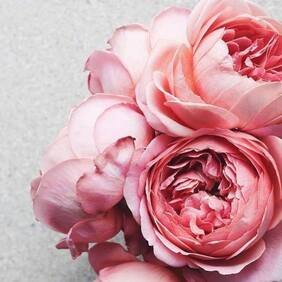

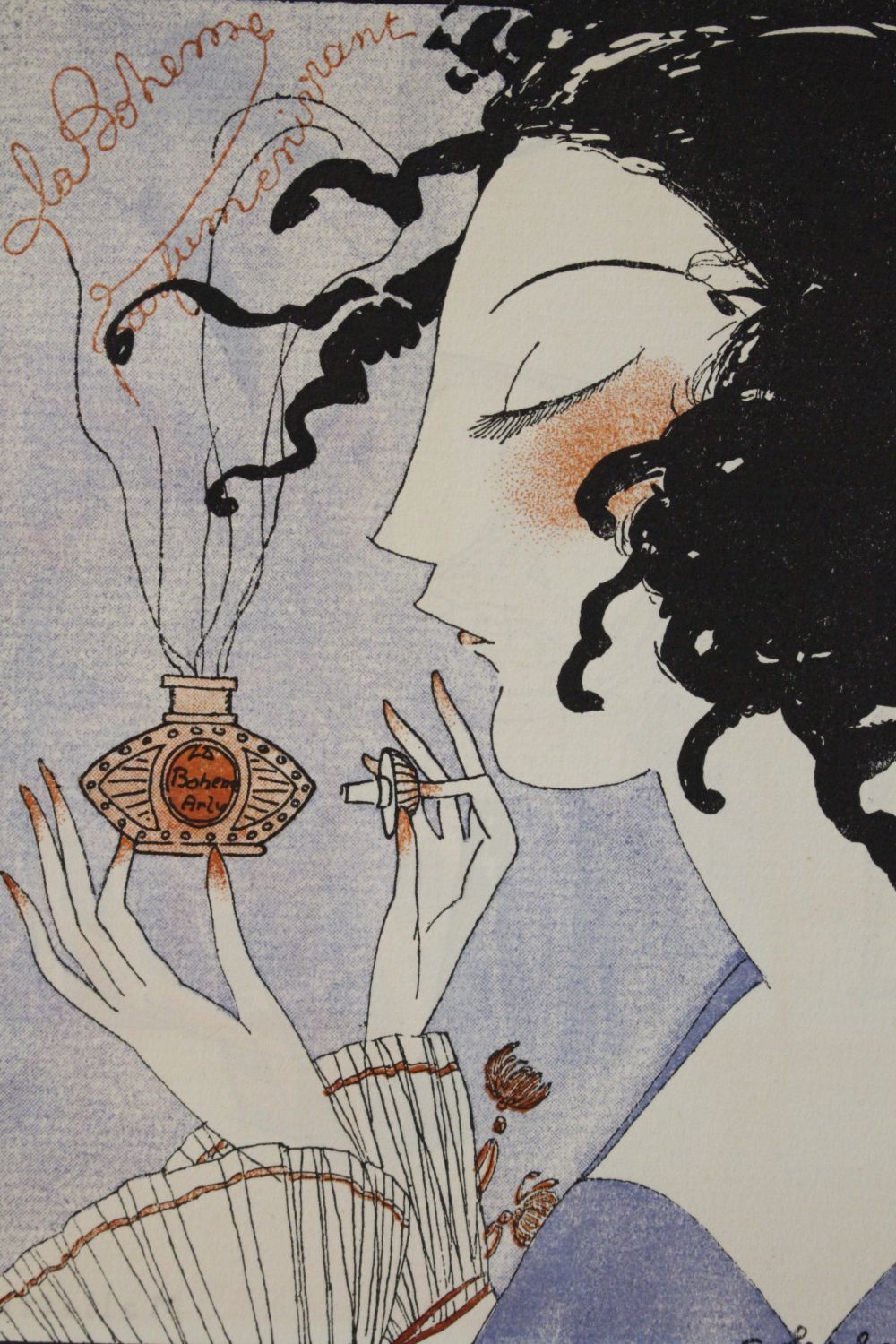
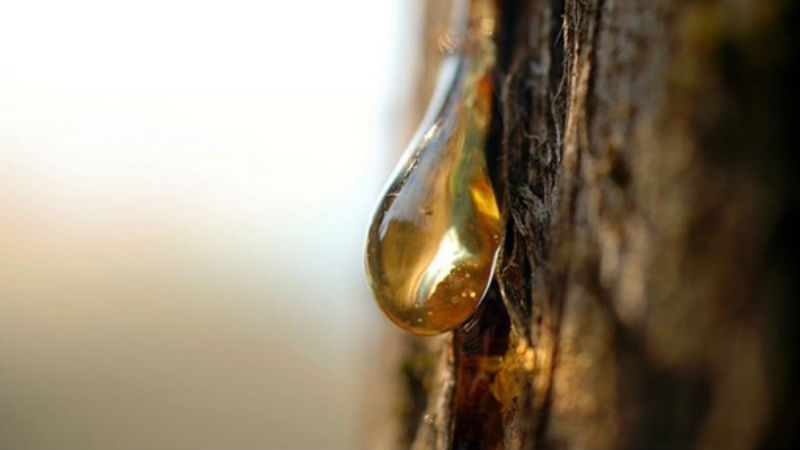
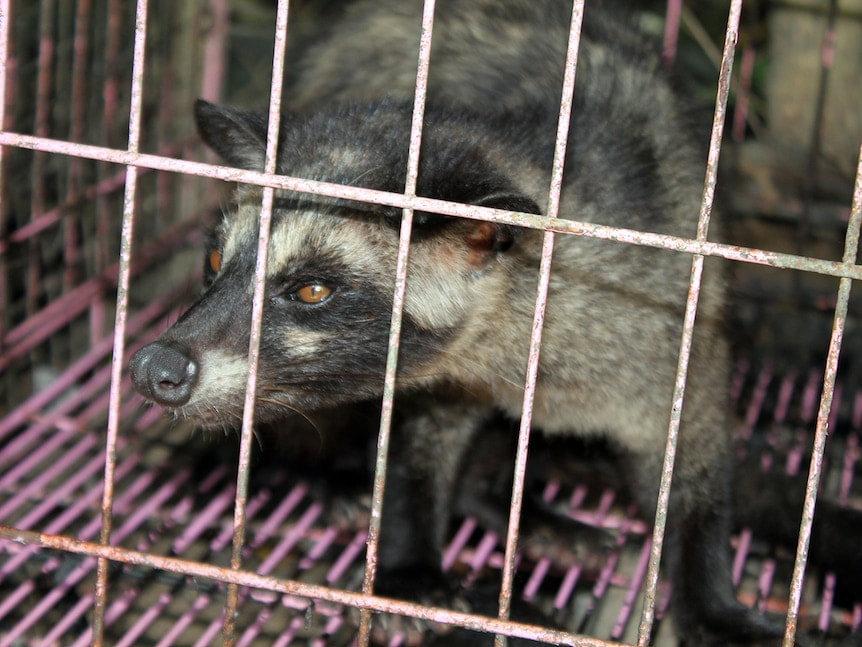
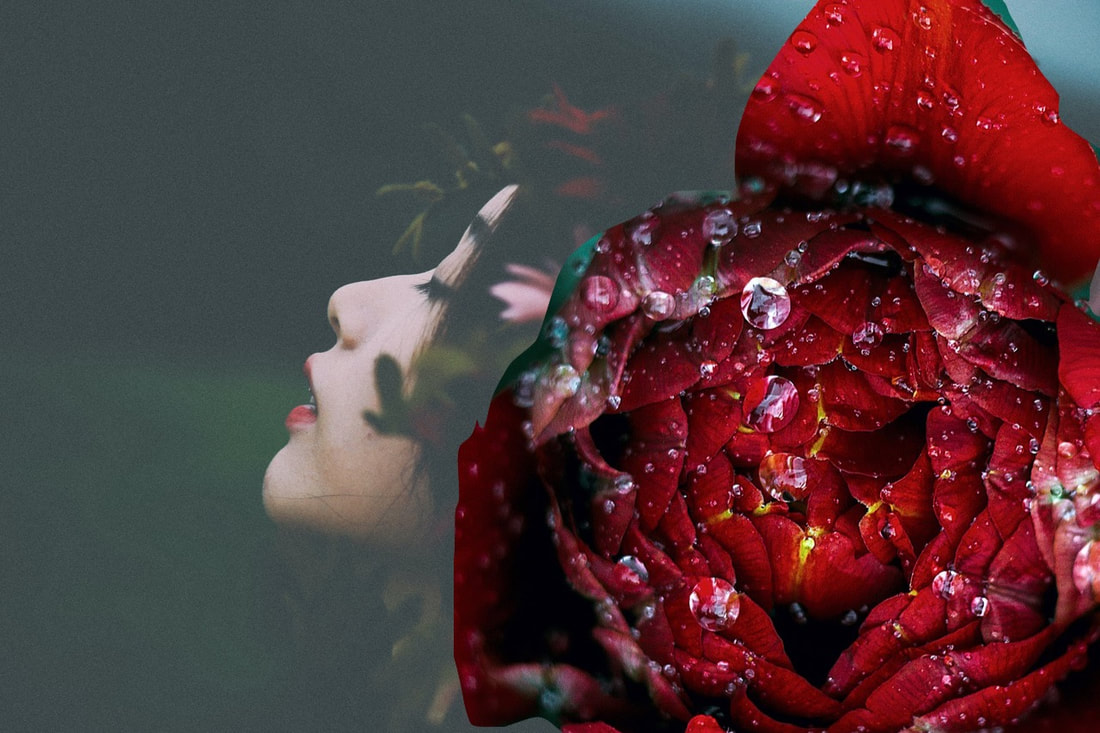
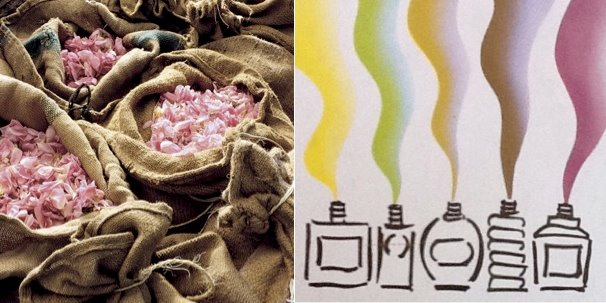
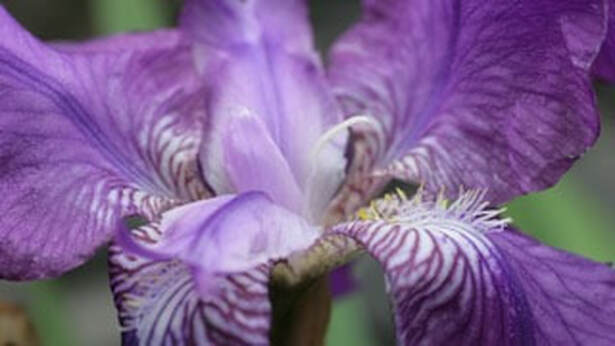
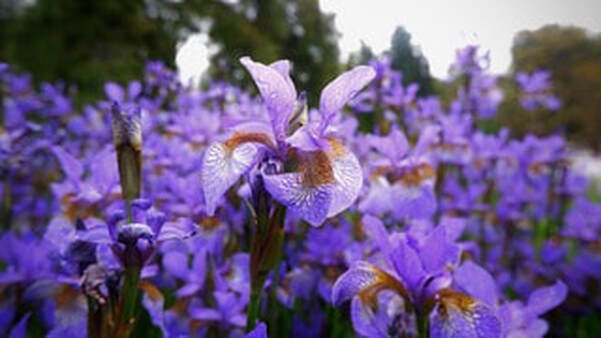
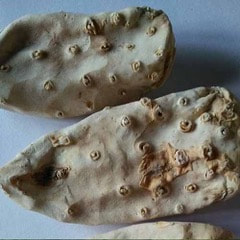
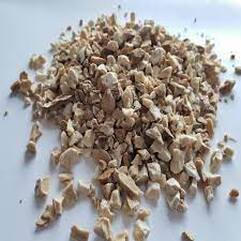
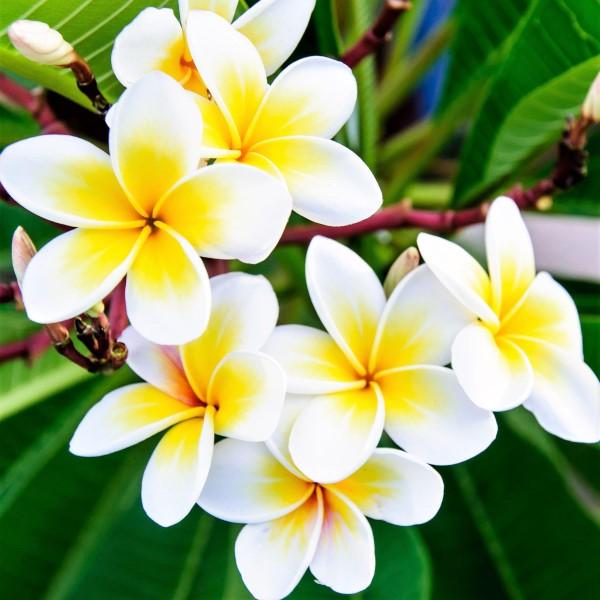
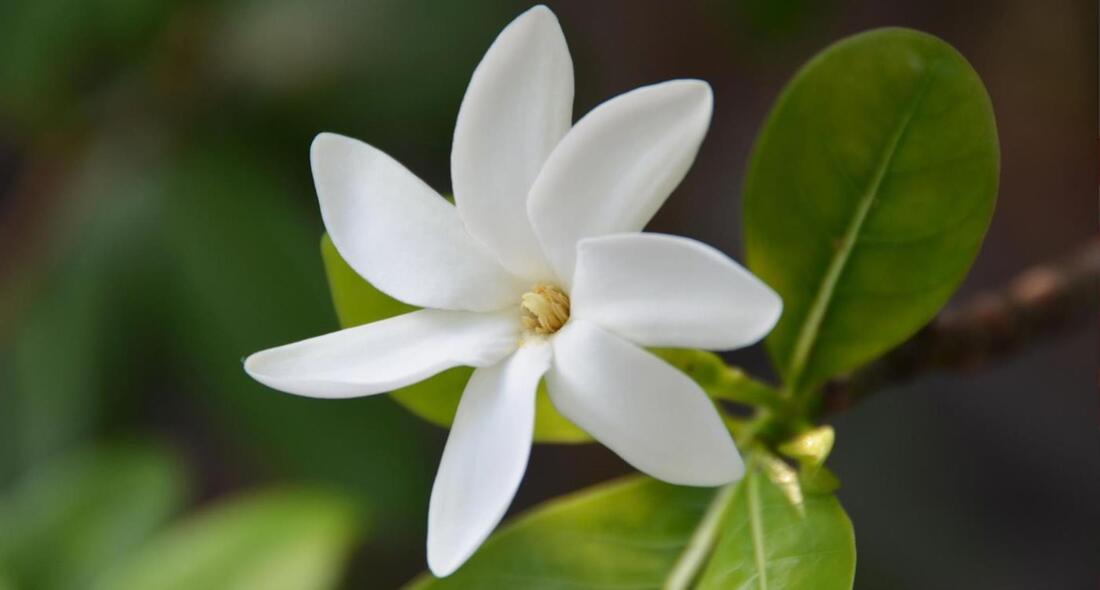
 RSS Feed
RSS Feed
